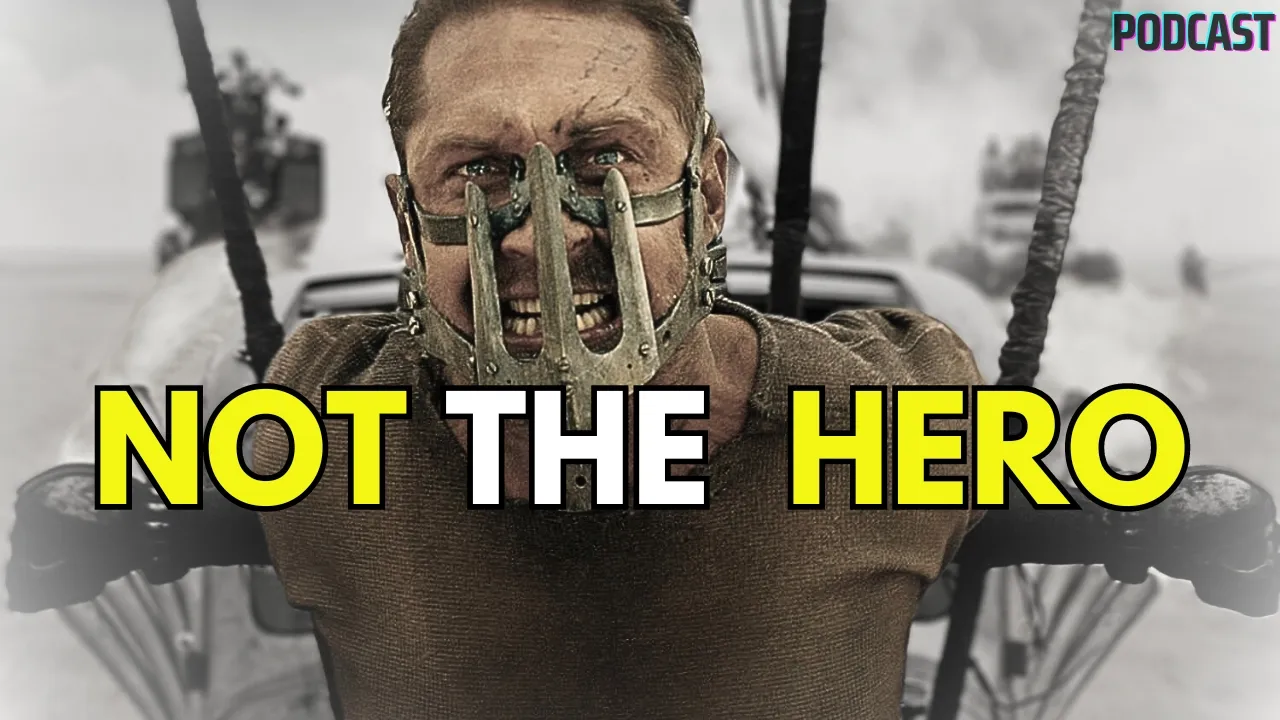
TL;DR
In storytelling, the terms hero, protagonist, and main character often overlap, but they represent different roles. Max in Mad Max: Fury Road is the main character but not a hero. Akira in Akira is the protagonist but not the main character. Samwise Gamgee in The Lord of the Rings is a hero but not the protagonist. Understanding these distinctions enriches our analysis and craft of storytelling.
Understanding the Roles: Hero, Protagonist, and Main Character
When analyzing stories, the terms hero, protagonist, and main character can often feel nebulous and sometimes semantic. Each term serves a unique purpose, and their distinctions are worth exploring, particularly as we delve into storytelling and character development.
The Definitions
- Hero: Generally perceived as the virtuous character who saves the day or fights against evil.
- Protagonist: The character driving the plot forward, often undergoing some form of change or evolution.
- Main Character: The character the story revolves around, often receiving the most screen time or narrative focus.
Examples in Popular Media
To illustrate these roles, let us explore specific examples from popular movies, books, and games.
The Lord of the Rings
In The Lord of the Rings, Frodo Baggins serves as the hero, protagonist, and main character for the majority of the series. However, other characters like Gandalf and Aragorn also embody elements of these roles at different points. Gandalf initiates the quest by encouraging Frodo to take the ring to Rivendell, making him a key protagonist in The Fellowship of the Ring despite not being the main character.
Mad Max: Fury Road
In Mad Max: Fury Road, Max Rockatansky is the main character, but he is not the protagonist. The protagonist role is primarily filled by Imperator Furiosa, who drives the plot and pushes the story forward. Max’s character undergoes an arc, but it is Furiosa’s decisions and actions that propel the film’s narrative.
Akira
Similarly, in Akira, the titular character Akira serves as a catalyst for the conflict and drives the plot forward, making him the protagonist. However, he is not the main character of the story as perceived through the lens of the film. The distinction between the two roles becomes clearer when considering how Akira influences the actions of others in the narrative.
Red Dead Redemption
In Red Dead Redemption, characters like Dutch Van Der Linde act as protagonists in the early parts of the game, guiding the plot with their decisions and actions, while the player character, Arthur Morgan, serves as the main character. Arthur can be seen as a hero depending on the player’s choices, but he often finds himself following Dutch’s lead rather than driving the plot himself.
Cyberpunk 2077
Johnny Silverhand in Cyberpunk 2077 is neither a hero nor the main character, yet he acts as a key protagonist. His actions influence the player character, V, but he does not fulfill the traditional hero role. V, as the player character, embodies the main character’s role but their path can diverge significantly based on player choices.
The Importance of Distinction
Understanding the differences between a hero, protagonist, and main character can significantly impact storytelling. Often, characters occupy more than one of these roles, but recognizing when they don’t can enhance our storytelling techniques. For instance, if you want to create a narrative where the main character is not a hero, being aware of these distinctions allows you to build supporting characters that fulfill that heroic role.
 What Poetry Feels Like
What Poetry Feels LikeCharacter Arcs and Audience Connection
Characters that resonate with audiences often blend these roles effectively. Samwise Gamgee in The Lord of the Rings is a perfect example of a character who is neither the protagonist nor the main character but is celebrated as a hero. His loyalty and courage make him a beloved figure, showcasing how a character can embody heroism without leading the narrative.
Exploring Nuance in Storytelling
As writers and storytellers, we must not feel confined by rigid definitions. While these terms can guide us, stories often do not fit neatly into categories. The flexibility and complexity of characters can lead to richer narratives that reflect real-life nuances.
Conclusion: Crafting Compelling Characters
In conclusion, the distinction between hero, protagonist, and main character serves as a useful framework for analyzing stories and developing characters. By understanding these roles, writers can create more compelling narratives and characters that connect with audiences on multiple levels. Whether you choose to adhere strictly to these definitions or use them as loose guidelines, the ultimate goal remains the same: to tell engaging and resonant stories.
Thank you for engaging with this exploration of character roles. If you have thoughts or questions about your own storytelling projects, feel free to share them. Happy writing!
Original channel: https://www.youtube.com/channel/UC9R_q0yA1n6KpbXtIxcFGtg

 Grab my poetry book, 'we're all just wanderers in the end' Here
Grab my poetry book, 'we're all just wanderers in the end' Here AD: Your Book Finally Written...
AD: Your Book Finally Written...